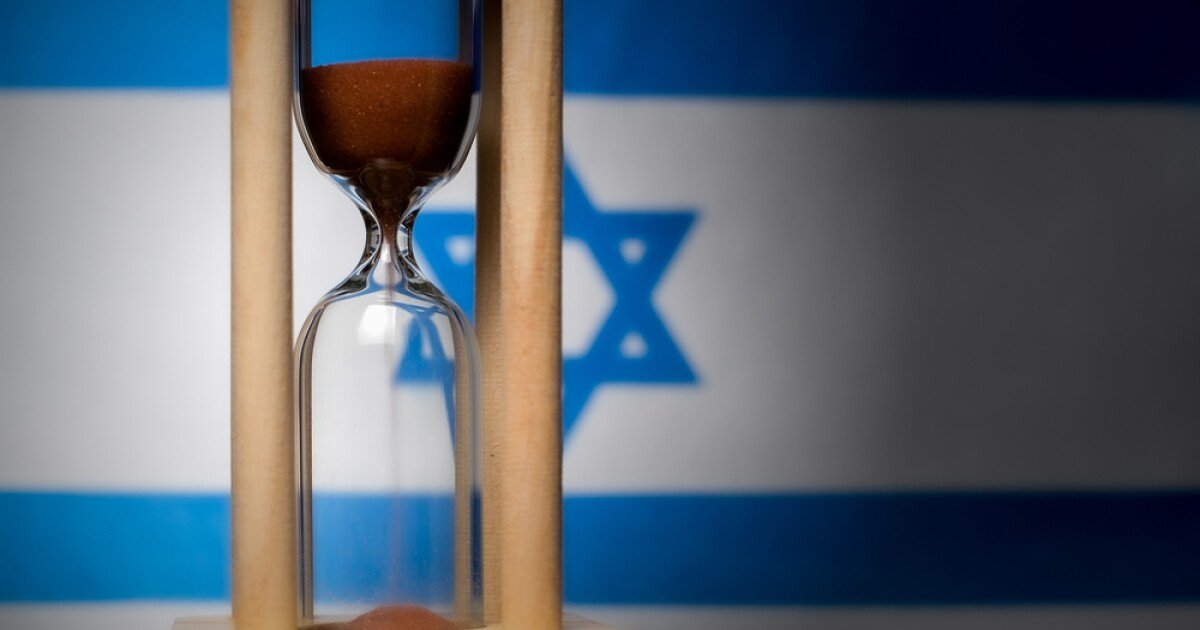If one thing is for certain, it’s that the rules of engagement between Israel and Iran have shifted. That’s seen in the exchange of strikes between the two in April, when Israel targeted the Iranian consulate in Damascus on Apr. 1, killing a senior commander in the powerful Revolutionary Guard, among several others. Tehran responded on Apr. 13 with its first-ever direct aerial attack on Israel from its territory, launching a wave of drones, cruise missiles and ballistic missiles — a watershed moment in the widening conflict around Israel’s war in Gaza. Last week’s Israeli attack on a Beirut suburb that killed senior Hezbollah military commander Fouad Shukur and the suspected Israeli assassination of Hamas’ political leader, Ismail Haniyeh, in Tehran within hours of the inauguration of Iran’s new president, Masoud Pezeshkian, have only raised the ante.
Iranian Supreme Leader Ali Khamenei was quick to stress the attacks wouldn’t be left unanswered. And April’s relatively controlled exchange of retaliatory fire — in which Israel also lobbed a symbolic strike at Iran on Apr. 19, to which Tehran did not respond — may not necessarily be a guide to how things play out now. Tehran reiterated its determination to retaliate earlier this month when foreign ministry spokesman Nasser Kanaani told a press conference in the Iranian capital that the Islamic republic “has the unquestionable right to protect its national sovereignty and territorial integrity.”
In a speech on Aug. 6, Hezbollah’s leader, Hassan Nasrallah, reiterated previous comments that a response would come, but explained that waiting was “part of the punishment … part of the response.” It is still unclear whether Iran and Hezbollah will coordinate their response, including with other members of the so-called “Axis of Resistance,” according to one source close to Hezbollah.
Israel’s Vulnerability Exposed
Israel has been shaken by the Hamas attacks in October last year, which exposed its vulnerability, ruptured a national identity built around unparalleled military strength and technological superiority, and showed that it perhaps gained little real strategic depth from normalization deals with Arab states. Moreover, it hasn’t been able to ensure the return of tens of thousands of Israelis who remain displaced from the northern region due to the ongoing exchanges of fire with Hezbollah.
Nor has it achieved its self-declared objective of eradicating Hamas in Gaza or freeing abducted Israelis still being held in the territory. Following the killing of Haniyeh in Tehran last week, Hamas has named its Gaza head, Yahya Sinwar, one of the architects of the October attacks, as its new political leader — a move that could pose serious obstacles to already stuttering cease-fire and hostage negotiations.
And while Israel will view the killings of senior commanders hailing from the Axis of Resistance — comprising Iran, Hamas, Hezbollah, Yemen’s Houthis and other groups like Iran-backed militias in Iraq — as tactical wins, it has not re-established its strategic deterrence to a degree that tit-for-tat attacks, from all quarters of the Axis, have come to an end. In order to take out or seriously weaken its regional adversaries, Israel appears to be willing to risk striking in a way that could trigger a broader war and direct confrontation with Iran and/or Hezbollah — even if this would mean paying a heavy price in terms of the loss of Israeli civilian lives and damage to domestic infrastructure, particularly given Hezbollah’s capabilities.
Iran’s Response
For Iran, its deterrence has largely relied on the ability to project power via the Axis of Resistance — a strategy that allowed for plausible deniability for attacks or strikes directed at US and/or Israeli assets in the region, the latest being an Aug. 5 strike on a US base in Iraq that injured US personnel. But Iran’s deterrence, too, has been eroded, especially in light of the latest strikes against Hamas and Hezbollah commanders, including on its home turf.
And there is an increasing risk that Tehran — and its chief regional asset, Hezbollah, by extension — will see its deterrence being eroded further if its retaliation is seen as too weak, likely inviting more Israeli attacks, both at home and on Hezbollah. Against this backdrop, Iran may try to craft a decisive response that hits harder than the Apr. 13 strike, but stops short of triggering a sizeable retaliatory attack on Iran itself or a series of escalatory responses that could lead to a possible direct conflict with the US. Neither is Tehran seen as welcoming an all-out Israel-Hezbollah war that leaves its chief regional asset weakened. The problem is that escalatory risks are getting harder and harder to calculate, in particular given uncertainty about how Israel might respond.
An escalation that sees Iran directly targeted in a substantial way by Israel and/or the US would potentially put strategic infrastructure across the region into the crossfire, with implications for energy assets and oil prices. Concerns that Iran could close the strategic Strait of Hormuz, which the US Energy Information Administration considers “the world’s most important chokepoint,” have driven prices higher in the past, including in July 2008, when Brent hit a record $147 per barrel. Any such move now would see oil prices spike, hurting the US and Europe. But it would also roil China, which imports large volumes of oil and gas from Arab Gulf states, and is Iran’s only real crude market. Economic rationale, however, does not always outweigh political impulses.
Oliver Klaus is Energy Intelligence’s Eastern Hemisphere news editor and Dubai bureau chief, and Yousra Samaha is a reporter for Energy Intelligence, focused on the energy transition and renewable energy in the Middle East. A version of this article originally appeared in Energy Compass.
